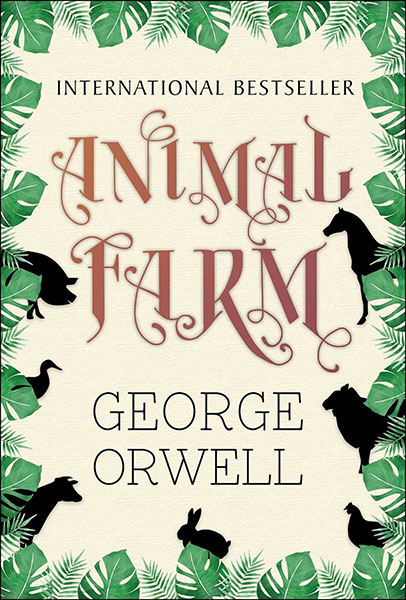
Frankenstein
Mary Shelley's 'Frankenstein' is one of the most influential and controversial novels of the nineteenth century; it is also one of the most misunderstood and misinterpreted. It has been vivisected critically by latter-day Victor Frankensteins who have transformed the meanings emergent from the novel into monsters of post-modern misconception. Meanwhile Franken-feminists have turned the novel into a monster of misanthropy. Seldom has a work of fiction suffered so scandalously from the slings and arrows of outrageous criticism. Victor Frankenstein has long sought the answer to creating new life. When he finally achieves his goal, he’s horrified by the results and abandons his creation, ready to forget what he’s done. But when tragedy befalls his family, Victor returns home to discover his creation is hiding nearby. To save his family from further despair, Frankenstein’s creature asks him to do the one thing he swore he never would do again. Mary Shelley’s novel explores with chilling dimensions the questions that reside at our core. What is the fabric of life and the soul? Where are the limits of our imagination? Can man’s reach shatter the boundaries between science, nature and God?
BEST DEALS
About the Author
Mary Shelley (née Mary Wollstonecraft Godwin, often known as Mary Wollstonecraft Shelley) was an English novelist, short story writer, dramatist, essayist, biographer, travel writer, and editor of the works of her husband, Romantic poet and philosopher Percy Bysshe Shelley. She was the daughter of the political philosopher William Godwin and the writer, philosopher, and feminist Mary Wollstonecraft.
Mary Shelley was taken seriously as a writer in her own lifetime, though reviewers often missed the political edge to her novels. After her death, however, she was chiefly remembered only as the wife of Percy Bysshe Shelley and as the author of Frankenstein. It was not until 1989, when Emily Sunstein published her prizewinning biography Mary Shelley: Romance and Reality, that a full-length scholarly biography analyzing all of Shelley's letters, journals, and works within their historical context was published.
The well-meaning attempts of Mary Shelley's son and daughter-in-law to "Victorianise" her memory through the censoring of letters and biographical material contributed to a perception of Mary Shelley as a more conventional, less reformist figure than her works suggest. Her own timid omissions from Percy Shelley's works and her quiet avoidance of public controversy in the later years of her life added to this impression.
The eclipse of Mary Shelley's reputation as a novelist and biographer meant that, until the last thirty years, most of her works remained out of print, obstructing a larger view of her achievement. She was seen as a one-novel author, if that. In recent decades, however, the republication of almost all her writings has stimulated a new recognition of its value. Her voracious reading habits and intensive study, revealed in her journals and letters and reflected in her works, is now better appreciated. Shelley's recognition of herself as an author has also been recognized; after Percy's death, she wrote about her authorial ambitions: "I think that I can maintain myself, and there is something inspiriting in the idea". Scholars now consider Mary Shelley to be a major Romantic figure, significant for her literary achievement and her political voice as a woman and a liberal.












